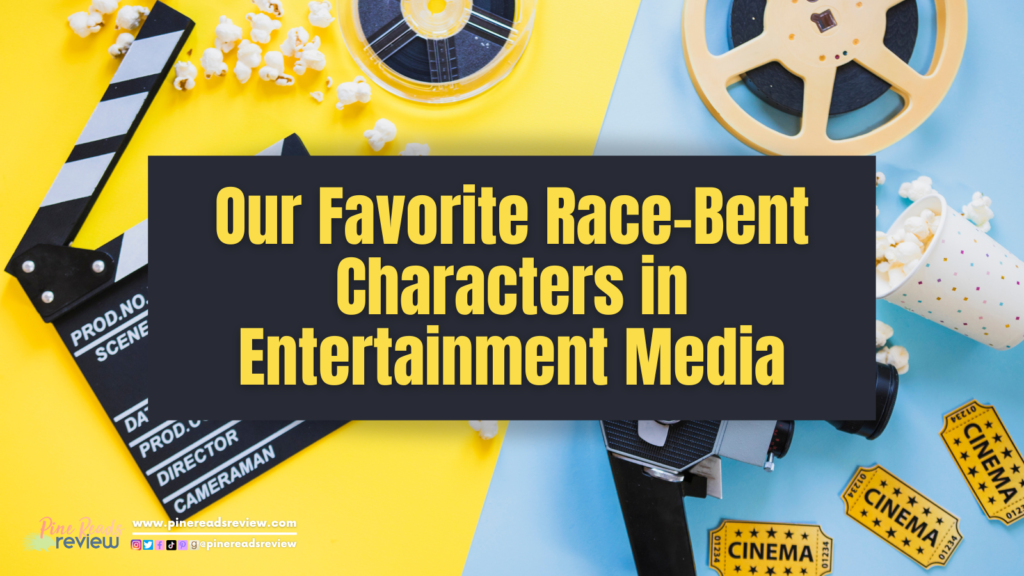
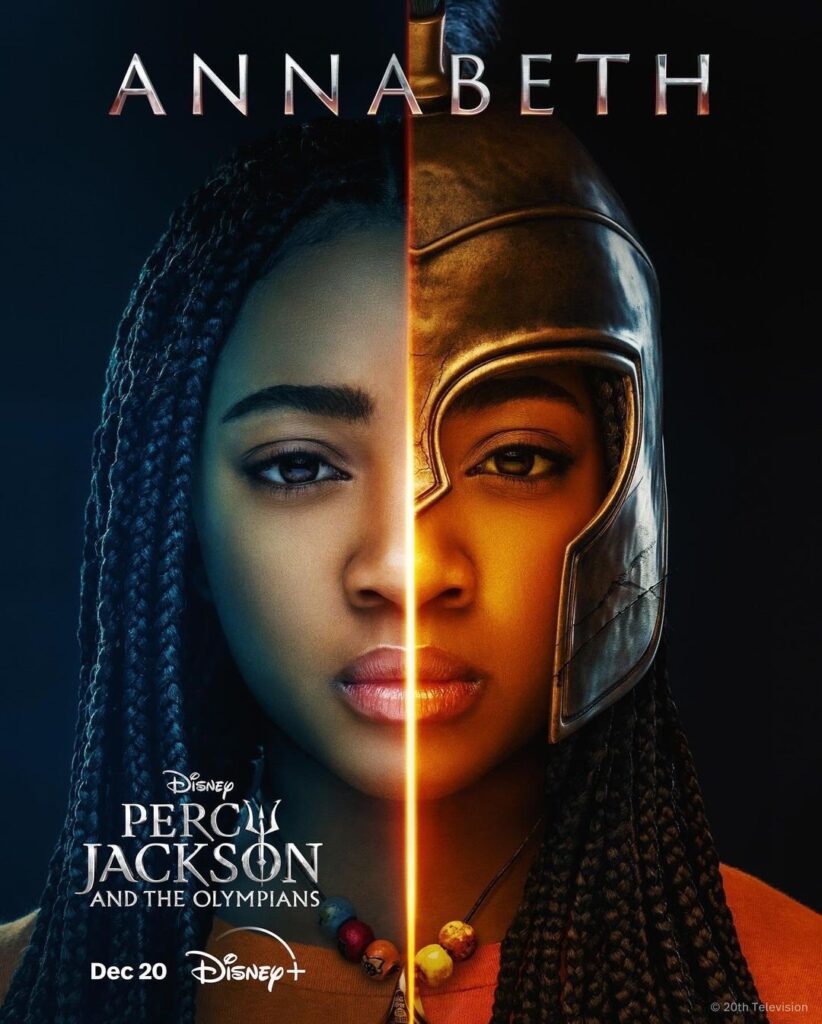
Annabeth Chase has always been a fan favorite. With her values stemming from intelligence and strategy and her mother being the literal Goddess of wisdom, there is little this character can do wrong. Not only is she the brains of the Percy Jackson trio, but she is also the main female lead, creating plenty of opportunities to use her wits to get the gang out of various dangerous situations and bewildering puzzles. With the arrival of the new Percy Jackson and the Olympians series on Disney+, Rick Riordan was able to “write” some wrongs from the tragic 2010 movies and even update some of the original content from the middle grade novels.
One of the most inspired decisions of the show was casting Leah Jeffries as the new Annabeth. She handles the role with precision and care, while also adding surprising depth to Annabeth’s relationship with her father in the absence of her mythological mother. While skeptics of race-bending were quick to launch their opinions online when the casting decision was released, it is fair to say that the casting was an excellent choice that left watchers wanting more. Her chemistry and banter with her co-star Walker Scobell (Percy Jackson) is high energy and often hilarious to watch, and she is even able to take on some of the most intense scenes in the series, including the love-boat scene in episode five and revealing herself under the invisibility cap in the final episode. Her overall performance is outstanding, and I am excited to see how they continue to update her character in season two!
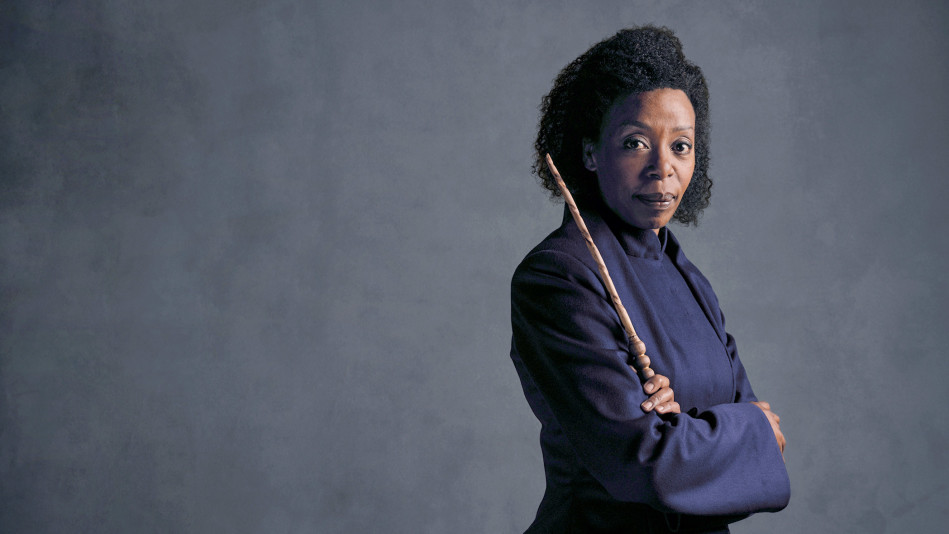
While Harry Potter has been under a lot of scrutiny as of late because of “she who shall not be named” and The Cursed Child is far from any Harry Potter fan’s favorite edition to the canon, the choice to race-bend Hermione was one that felt grounded and even made the character’s activist side feel more complex.
Hermione Granger, like Annabeth, is the smart and snappy female lead in her respective trio. She was depicted by the White actress Emma Watson for her time on the big screen. I am a firm hater of The Cursed Child play script, but having the opportunity to see the play in London last summer was a whimsical treat that I will not soon forget. (Seriously, though, if you are a Harry Potter or theater fan, go see it; the practical magic will blow your mind.) The choice to cast Noma Dumezweni as an older version of Hermione was one that added layers to the character in ways I don’t even think the authors intended. Of course, we all know that Hermione is described as having wild, curly hair which lends itself well to a race-bent casting, but Hermione is also known for her activism for the rights of house elves in the books. By race-bending the character of Hermione, more complexity is added to Hermione’s interest in freeing the house elves from enslavement and even supports her interest in working for the ministry later down the line. These character traits and motives were unfortunately ignored in the films but stand strong in The Cursed Child.
I am sure the future holds space for another film adaptation of the Harry Potter series, and I would be greatly disappointed if Hollywood chooses to cast another White actress for Hermione when she was destined to be portrayed as Black. Not only does the race-bending support the character’s motives and personality, but Dumezweni and all of her successors in the role have portrayed Hermione with an air of authority and elegance that rivals Emma Watson’s own portrayal. This casting choice is one that promotes diversity in children’s literature and updates the story for a modern audience, while exploring characters on a more profound level.
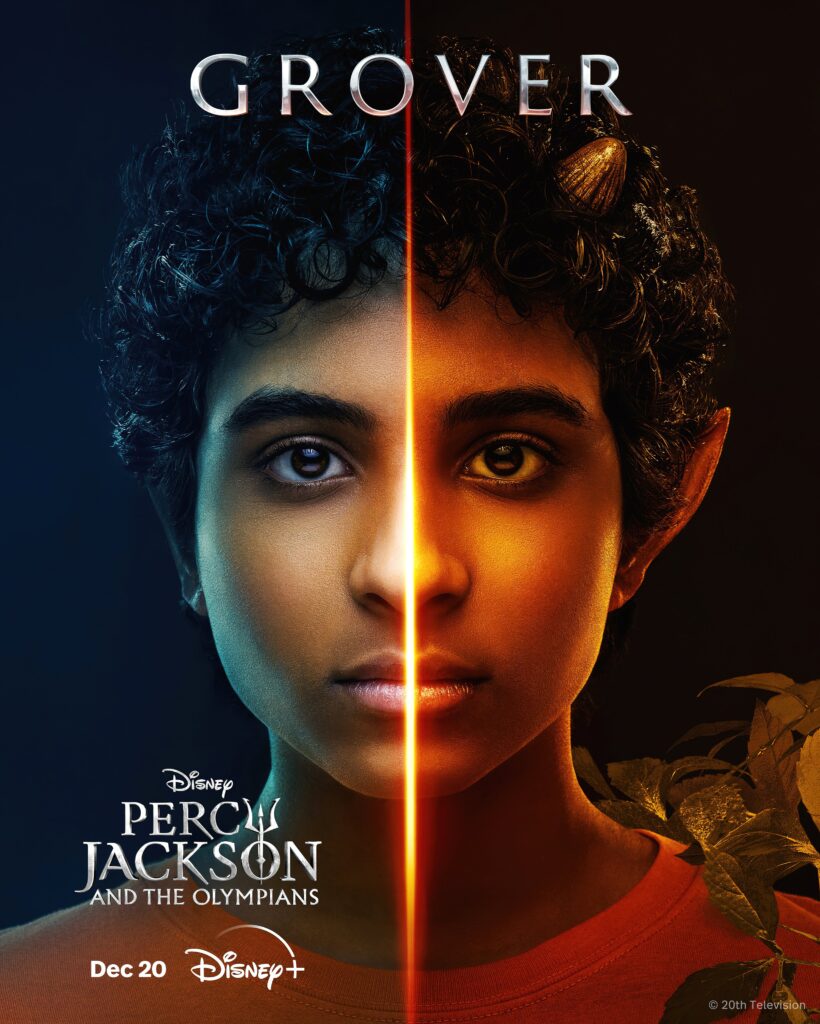
Yet again, another Percy Jackson character steals the show. Similar to Annabeth, Grover was also race-bent from his original portrayal in the middle grade novel. Grover, played by Aryan Simhadri, is easily the most fun character to watch, with a ton of humor and even more heart. Simhadri steals the show episode after episode, while offering Indian representation in the main trio. While we already have seen a race-bent Grover in the (shudders) 2010 film adaptations, Simhadri offers far more in his role as Grover. He especially shines in the scene from episode four with Ares and a plateful of cheeseburgers. We finally get to see Grover’s connection to nature and other animals, as well as his ability to outsmart the literal god of war.
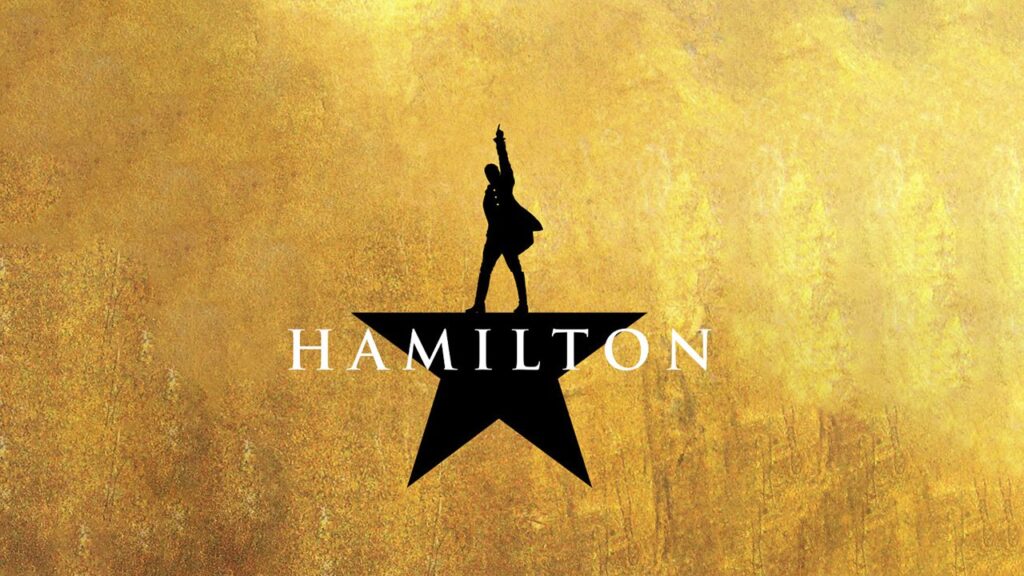
You can call this cheating, since these aren’t necessarily race-bent characters and are more race-bent depictions of real people from the American Revolution, but I cannot ignore what Hamilton did for representation in popular media. While Hamilton has had its time in the spotlight, it is still astounding how well this production did with both its casting and depiction of the Founding Fathers. From George Washington to Aaron Burr, the casting of these characters was simply inspired. The choice to race-bend nearly the entire cast highlighted the often overlooked aspects to the start of our nation, such as slavery, immigrants, and women’s rights, which added depth to the story being told. By race-bending the cast, these important messages stuck out in people’s minds and made us reflect how we should perceive the Founding Fathers’ and their decisions, especially Thomas Jefferson.
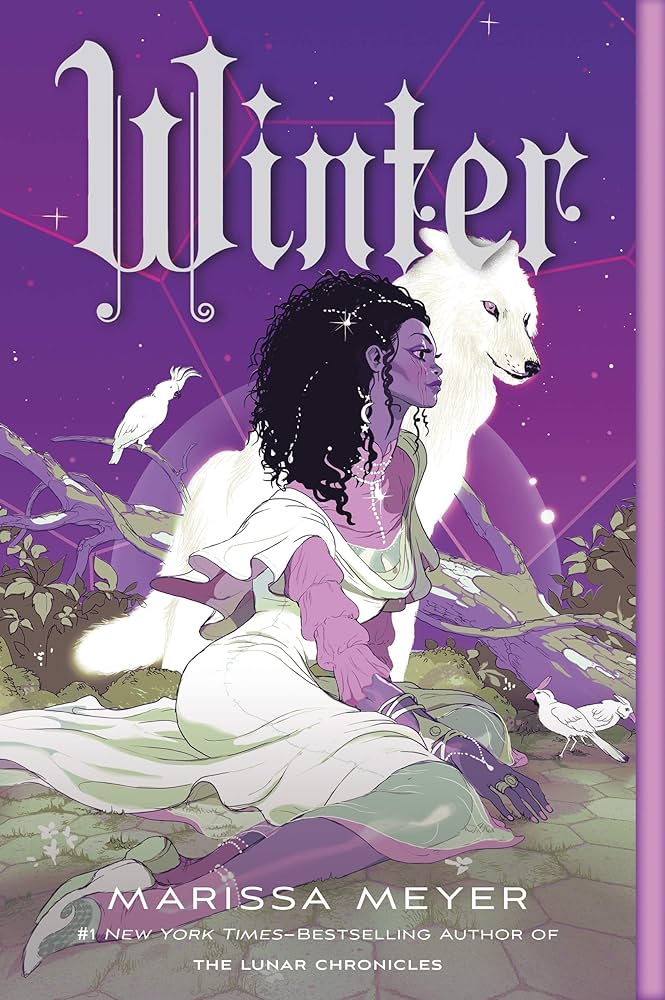
I recall when Cinder first hit the Scholastic Books Newsletter that elementary schools gave out. I highlighted it, gave it to my mother, and within a few weeks I had a new favorite series that earned a place on the top shelf on my bookcase. Prince Charming is imaginatively re-envisioned in the series to be part of the Eastern Commonwealth, a futuristic version of Asia. While it is never stated what ethnicity Kai (Prince Charming) is within the books, he offers a refreshing take on the character while still being a massive tween heartthrob. Not only is Kai a race-bent, charming, daring, Prince Charming within the novels, but Cinder herself is also a race-bent version of Cinderella. Cinder’s ethnicity is similarly never disclosed, but some much needed diversity was given to the middle grade/young adult reading selection of the time through these characters, especially with adapting beloved and predominantly White fairy tales.
Cut to a few years later with the release of Winter, and we have our first race-bent Snow White, who offers far more bravery than her original counterpart. Marissa Meyer was tactful when writing her futuristic gang of fairy tale characters, making sure that diversity was at the forefront of the story, and that all her readers could see themselves in fairy tale characters who may not have much relatability in their vanilla Disney interpretations.
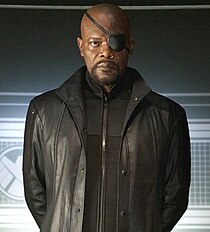
Marvel comics artist, Bryan Hitch, reimagined the Director of S.H.I.E.L.D, Nick Fury, in the likeness of esteemed actor Samuel L. Jackson, thus spawning his role as Nick Fury in upwards of ten MCU films. Today, few Marvel fans even know that Nick Fury was originally a White character. This tells you just how impactful this race-bent role was. Samuel L. Jackson perfectly captivated the mystery and espionage skills that a character like Fury should have, while also keeping him grounded in modern times. This is one of the most influential race-bent characters of all time and has continued to inspire many more comic adaptations of the character to be race-bent, while also being an action hero for underrepresented groups.
References:
Lubin, Gus. “Samuel L. Jackson Had the Perfect Response to the Writer Who Made His ‘Avengers’ Role Possible.” Business Insider, Business Insider, 27 Apr. 2015, www.businessinsider.com/samuel-l-jackson-thanks-mark-millar-2015-4.

The casting of Halle Bailey as Ariel in the highly anticipated live-action adaptation of The Little Mermaid marks a historic moment in Disney’s cinematic history and represents a bold step forward in the quest for authentic representation on screen. Bailey’s portrayal of the iconic mermaid princess not only celebrates her individuality and talent but also offers a refreshing interpretation of the beloved character, breathing new life into a timeless classic. With her soulful voice and magnetic presence, Bailey brings depth and authenticity to Ariel, providing young audiences, particularly those from underrepresented communities, with a princess they can see themselves reflected in. Her depiction as a race-bent character feels grounded in the story’s setting, while adding complexity to the romance and power dynamics within the film.
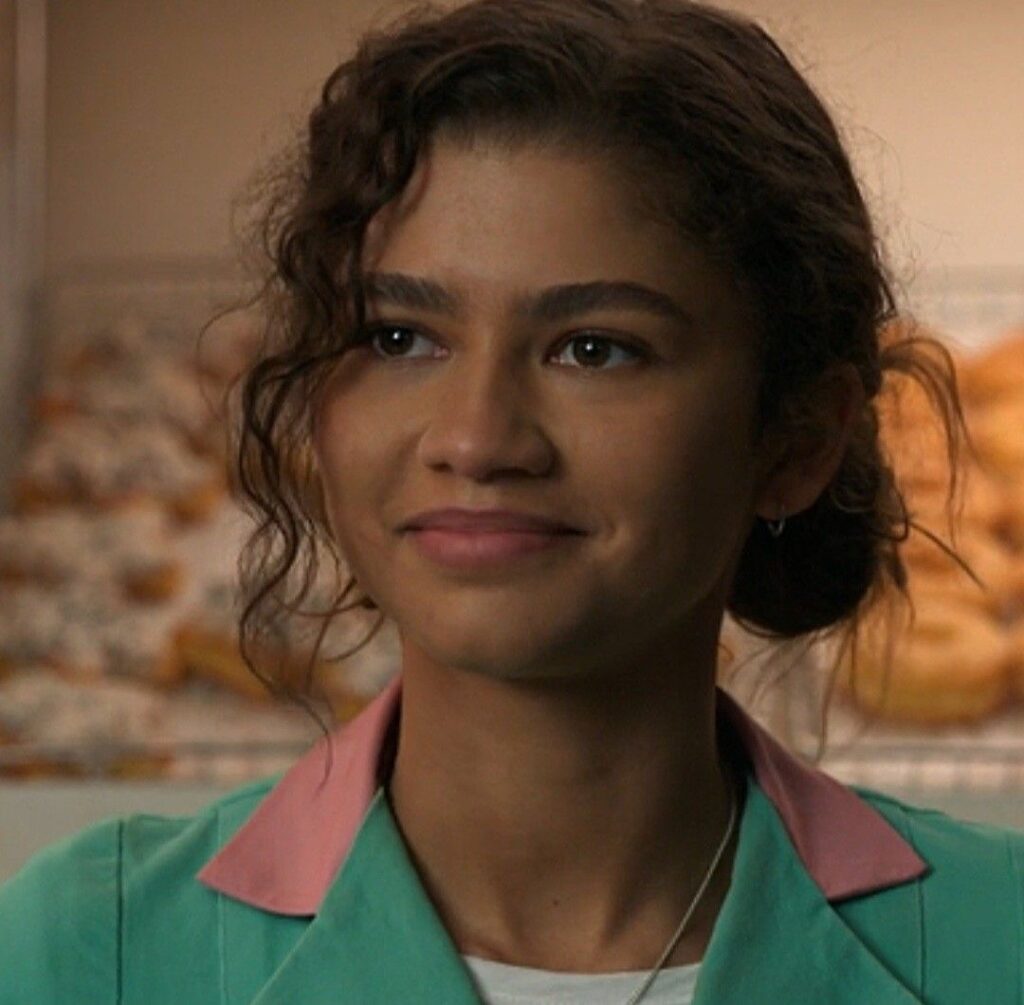
Yet another example of the MCU race-bending one of its beloved characters is MJ from the newest Spiderman trilogy. Zendaya puts out a layered performance as MJ, adding diversity to the cast and revitalizing the character from who was often considered one-dimensional and stale. Zendaya gives the predictable superhero love interest trope a refreshing change with her snarky attitude and interest in social justice. This character’s screen time, while limited, stands out as one of the best race-bent characters in recent films and adds important character traits that were absent from Kirsten Dunst’s portrayal in the Sam Rami trilogy about two decades prior.
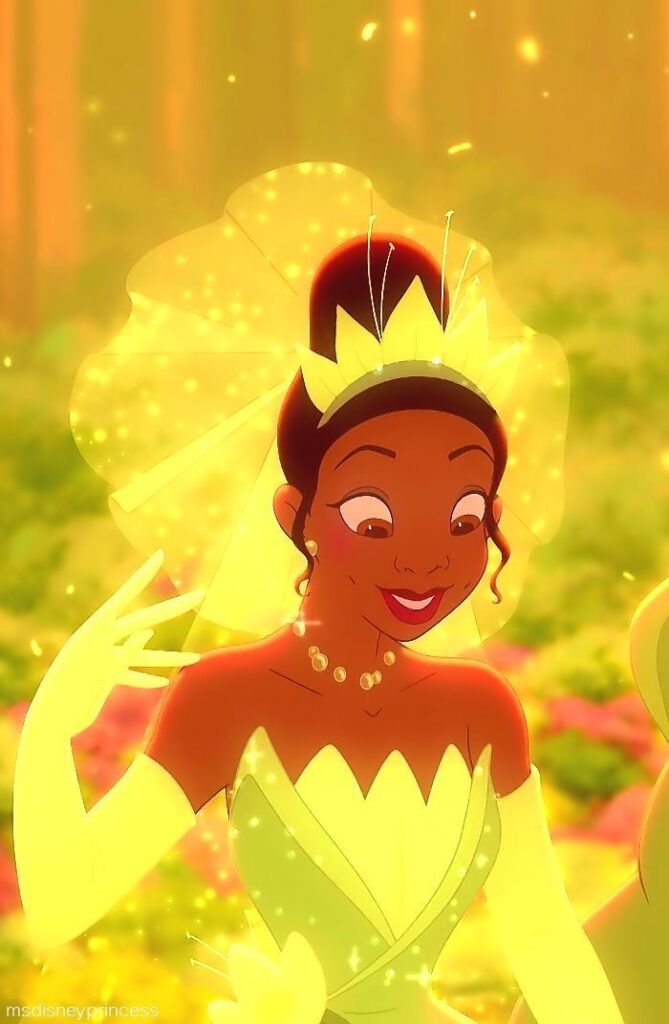
We often forget that there was ever a princess in the Princess and the Frog fairy tale before Tiana’s debut in her 2008 animated film of the same name. The original fable from the Grimm Brothers was lacking heavily in diversity, but you cannot necessarily blame them, as they wrote those tales a very long time ago. Disney’s decision to make the princess from the fairy tale Black managed to inspire young African American girls for decades. While we all agree Tiana should have gotten more screen time as a human, she did add some much-needed diversity to the Disney princess lineup. Additionally, Tiana’s story felt grounded in her race and offered representation of Black women’s struggles in America. Her perseverance and hard-working nature stand out in the film, making her a top five Disney princess on everyone’s list.
While race-bending characters won’t solve the lack of diversity across all entertainment platforms, it certainly doesn’t hurt. As Black History Month draws to a close, reflecting on the significance of race-bent characters in literature, film, and television becomes even more poignant. These characters serve as symbols of representation and empowerment, offering audiences from all backgrounds the opportunity to see themselves reflected in the stories they love. As we celebrate the contributions of Black creators, actors, and storytellers, let us continue to champion diversity and inclusion in all forms of media, ensuring that every voice is heard, and every story is told. May the legacy of Black excellence inspire future generations to embrace their uniqueness and strive for a world where representation is not just a goal, but a reality for all.
Jenica Delaney, Pine Reads Review Writer and Editor